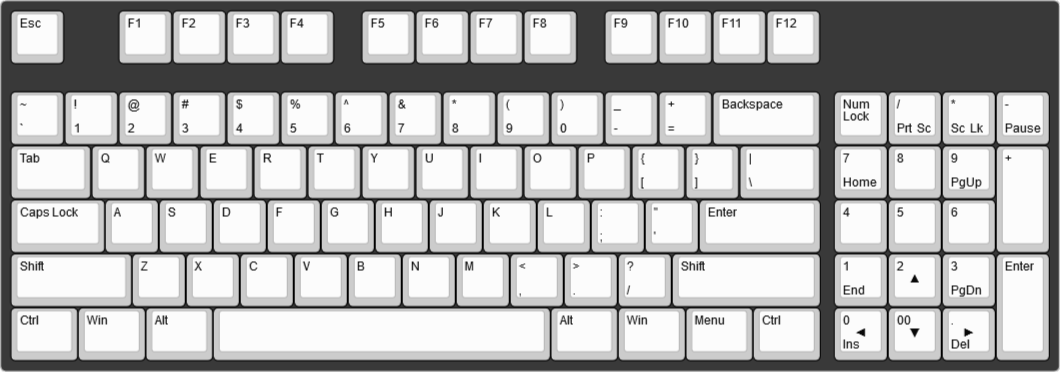

The main difference between it and QWERTY is that Y and Z are swapped, and some special characters such as brackets are replaced by the diacritical characters of the specific language. The QWERTZ layout is fairly widely used in Germany, the Czech Republic, Austria, Switzerland and other parts of Central Europe. This is to prevent RSI syndrome that can be caused by repetitive and lasting movements such as pressing keys frequently in an unfavorable position, so a faster typing speed is achieved. Shai Coleman developed the Colemak keyboard layout in order to make typing easier by placing the most frequent letters under the strongest fingers. It was designed to be more efficient and ergonomic for touch typing in English. The Colemak layout is a popular alternative to the standard QWERTY keyboard layout, offering another option to those already accustomed to the standard. 2 typewriter of 1878, and is probably the most widespread layout in world with most other layouts based on it in some way or another.Legend has it that the layout was designed to slow down the typist to prevent jams by assigning frequently used-together keys farther away to encourage the alternation of hands. Slightly modified it became immensely popular with the Remington No. The layout was first designed for the Sholes and Glidden typewriter, then was sold to Remington in 1873. The name comes from the first six keys of the top row of the keyboard. QWERTY was designed to be used for the latin alphabet.

Search for the proper finger placement for your layout and use the fingers specified there. In such a case always press the keys defined in the exercise, even if you have to use different fingers. Even if yours is not supported, you can follow the lessons by slightly adjusting the on-screen instructions to suit your specific layout. The site itself is layout independent, but the lessons are always designed with a certain layout in mind. Supported keyboard layouts last updated February 2, 2018


 0 kommentar(er)
0 kommentar(er)
